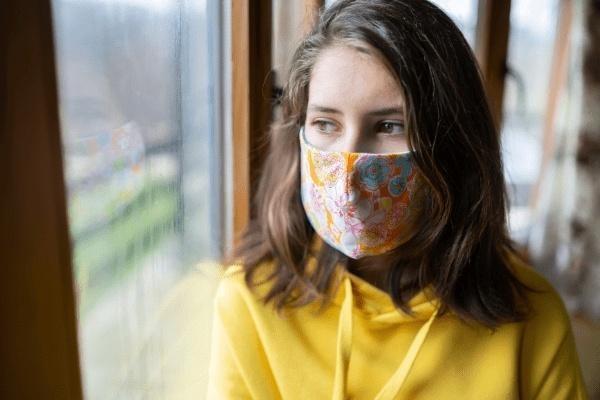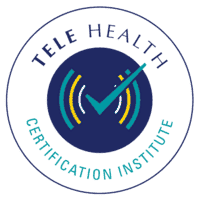The Center for Disease Control and Prevention (CDC), and other major public health organizations, have recognized the mental health effects of COVID-19 on youth—consequences that can be seen in virtually every aspect of teenage life.
Knowing how to help struggling young adults is not always so easy. Luckily, there are proactive steps that you can take to improve student wellbeing as they navigate the pandemic. Encouraging self-expression, providing accurate information, teaching ways to stay healthy, and noticing changes in behavior—such as unhealthy eating habits, poor sleep schedules, or variations in activity levels—are just a few ways to reassure young adults that they’re safe.
According to Dr. Tamar Mendelson, the Director of Johns Hopkins Center for Adolescent Health, having the freedom to form peer friendships and to grow relationships are vital components to mental well-being. Although COVID-19 guidelines often keep children safer from infection, Dr. Mendelson says that social distancing protocols have also caused unintended damage to the adolescent development process.
A colleague of Dr. Mendelson, Dr. Beth Marshall, shared similar views, stating that the pandemic has led to more than simple educational setbacks—after putting relationships on hold, students are now required to reintegrate into complex social environments. This is further complicated by the fact that the adolescent years are a time when children learn key social skills, begin to discover how to interact empathically and start shaping their self-identity.
Through the 2020 Mott Report, researchers from the University of Michigan showed just how much teen lives have changed during the pandemic. During the study, parents were asked how the pandemic has impacted their teen children between the ages of 13-18. Researchers then compiled teen mental health statistics across multiple categories, including methods of connection, emerging symptoms, and student well-being. Here are a few shocking stats from the report:
How Teens are Connecting:
- Texting (64%)
- Social media platforms (56%)
- Online gaming (43%)
- Talking on the phone (35%)
Emerging Symptoms (Girls/Boys):
- Anxiety and worry (36%/19%)
- Depression and sadness (31%/18%)
- Poor sleep hygiene (24%/21%)
- Withdrawing from family (14%/13%)
- Aggressive behavior (8%/9%)
Student Wellbeing:
- 73% of parents noted a very strong or somewhat strong negative impact on their teens’ ability to interact with friends.
- Only 9% of parents said their child has been interacting indoors with friends almost every day.
- Only 6% met with friends outdoors almost every day.
- 46% of parents said that they have seen a new or worsening mental health condition since the pandemic began.
If you regularly interact with teens struggling with any of the issues above, a training course from the Telehealth Certification Institute could help you navigate these unique challenges. Here are some of the popular courses at TCI for those serving students:
Understanding the Socio-Emotional Needs of Students During COVID-19: addresses core issues of loss, mental wellness, and safe transitional strategies to minimize socio-emotional consequences.
Telehealth in the School Environment Amid COVID: assists school professionals in identifying digitized learning adaptations and telehealth assessment strategies for students.
Recognizing and Responding to Warning Signs when Working with Students Remotely: helps you identify mental health warning signs, provide remote solutions, and respond to students’ most pressing emotional, psychological, and behavioral concerns.
Feel free to reach out to us with questions you may have. We want you to feel as prepared as possible to equip teens during this challenging time.
Sources:
Center for the Study of Traumatic Stress. (n.d.). Psychological first aid: How you can support well-being in disaster victims.[Description: psychological first aid resource that was discussed in the article].
C.S. Mott Childrens Hospital, University of Michigan. (2021, March 15). Mott poll results: How the pandemic has impacted teen mental health. [Description: poll showing parental observations of pandemic-related mental health symptoms].
National Center for Chronic Disease Prevention and Health Promotion, Division of Population Health. (2021, July). COVID-19 parental resource kit—adolescence. The Center for Disease Control and Prevention. [Description: resources parents can use to help their children cope during the pandemic].
Volkin, S. (2020, May 11). The impact of the Covid-19 pandemic on adolescents. [Description: an interview with two public health experts on the social, emotional, and developmental consequences of COVID-19].




The course was so informative and I was glued to my screen for the entire duration. I received so much knowledge concerning ethics in telehealth and I am greatly encouraged to read about all the standards and policies that pertain to my practice. Thank you!.